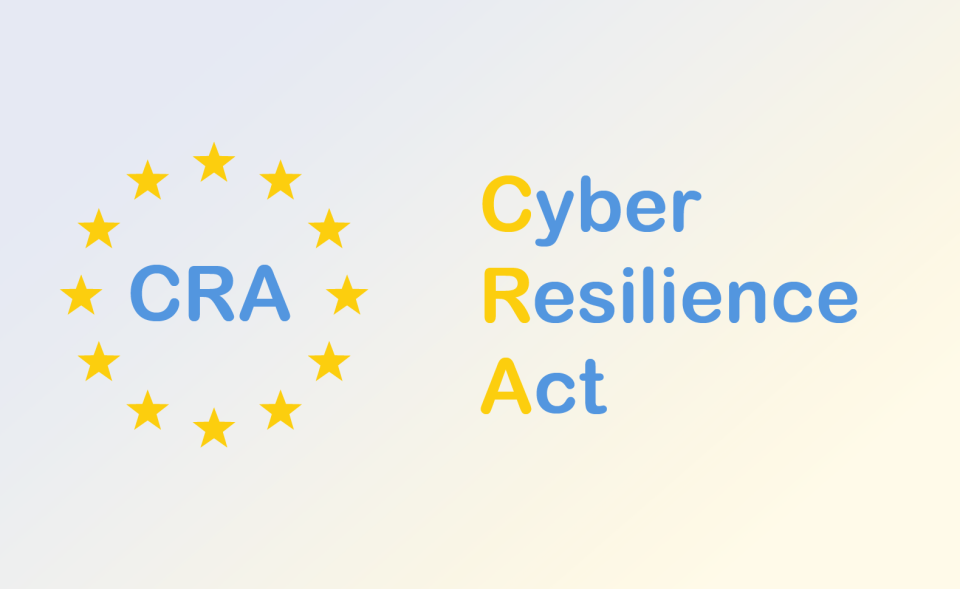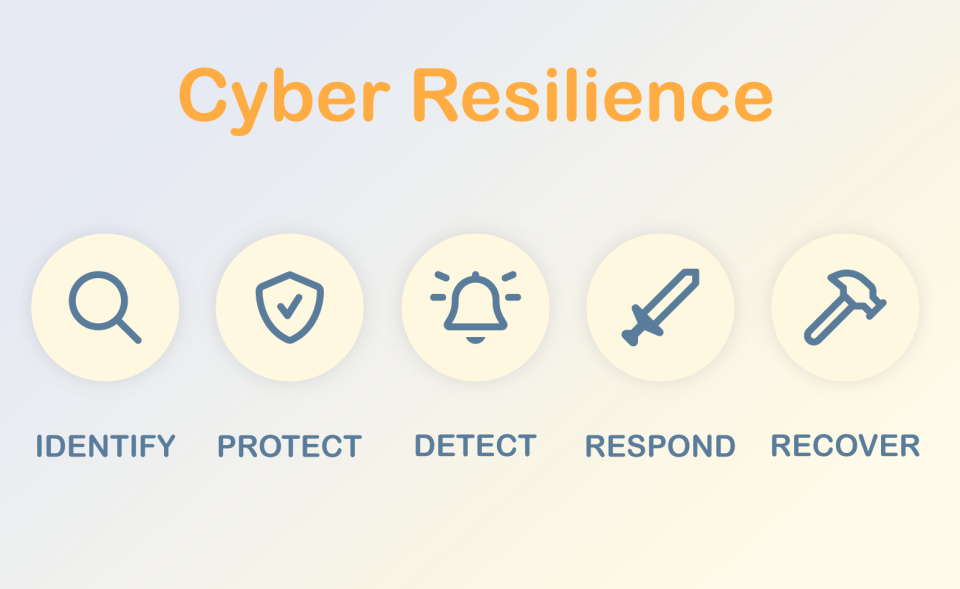The most important thing in brief:

What is the Cyber Resilience Act?
The Cyber Resilience Act (CRA) is a planned EU regulation to strengthen the cybersecurity of products with digital elements. The aim is to cyber resilience to improve throughout the entire life cycle of a product — from development to decommissioning.
The CRA sets specific requirements for manufacturers, importers and distributors. Operating systems, software solutions, IoT devices, industrial controls and much more are affected, among others. The regulation was launched by the European Parliament and the Council of the European Union in order to: uniform cybersecurity requirements for products with digital elements to define.
💡 Briefly explained: The Cyber Resilience Act requires digital products to be secure by default — and not need to be protected through subsequent measures.
An overview of the most important deadlines:
- December 10, 2024: The regulation officially comes into force
- June 2026: Requirements for Conformity assessment bodies take effect — in future, they will check whether products meet the required safety standards
- September 2026: Manufacturers must actively exploited vulnerabilities and serious security incidents Mandatory reporting
- December 11, 2027: The CRA is fully applicable — all requirements must be fully implemented
CRA (Cyber Resilience Act): Who is affected?
The Cyber Resilience Act affects not only manufacturers in the traditional sense, but also companies that modify, combine or market products under their own name. Operators of critical infrastructures must also deal with the regulation, as they often use self-developed software or hardware.
A practical example from everyday IT life:
A company uses a proprietary appliance for network monitoring. This must be checked and documented after the CRA comes into force — including risk analysis and update strategy. Without appropriate action, there is a risk of fines or a market ban.
Objectives of the Cyber Resilience Act (CRA)
The key objectives of the CRA can be summarized as follows:
- Strengthening cybersecurity of products with digital elements across the EU internal market
- Safety-by-design: Digital products should meet basic safety features right from the development stage
- transparency on the cybersecurity risks of products for consumers and businesses
- Commitment to vulnerability management and regular security updates
- Harmonization of requirements for manufacturers and suppliers within the EU
Cyber Resilience Act Summary: Key Points
1. Risk-based classification
The CRA differentiates products based on their risk. The higher the risk, the stricter the requirements.
2. Technical documentation & CE marking
Manufacturers must document safety functions and provide the product with a CE mark. That also means: IT documentation becomes a duty.
3. Vulnerability management
Security gaps must be actively reported and resolved within defined deadlines. A company-owned Vulnerability Management becomes a requirement.
4. Updates & Support
Products must receive safety-relevant updates throughout their entire life cycle — documented, verifiable and comprehensible.
Difference: CRA (Cyber Resilience Act) vs. NIS2
Although both the Cyber Resilience Act (CRA) as well as the NIS2 policy Pursuing the goal of strengthening cybersecurity within the EU, they differ fundamentally in their objectives and impact on companies:
Target group
- Cyber Resilience Act (CRA): is primarily aimed at Producers, importers and distributors of digital products (e.g. software, hardware, IoT devices).
- NIS2 Policy: addressed Operators of essential and important services, such as energy suppliers, healthcare facilities, public administrations or IT service providers.
focus
- CRA: focuses on the Product safety — digital products should be developed and operated securely from the outset.
- NIS 2: focuses on the organizational and technical security measures within companies and institutions.
Implementation obligation
- CRA: seizes when placing products on the market with digital components. Safety must be proven before the product is put on the market.
- NIS 2: applies for ongoing operations of services. It is about continuous protection and risk management of your own IT infrastructure.
Documentation requirements
- CRA: Requires, among other things, a technical documentation, safety certificates and a CE mark for affected products.
- NIS 2: Requests Safety concepts, evidence of risk analyses as well as regular reports on incidents and measures.
Docusnap support: document, verify, secure
With the entry into force of Cyber Resilience Act CRA Is the pressure on companies increasing their Documenting IT infrastructure transparently and up to date. Docusnap helps you to:
✅ Automated inventory of hardware and software
✅ Automated network plans and Role permission analyses
✅ Support with technical documentation for CE marking
✅ Versioning and historization for update evidence
✅ Basis for safety assessments and risk analyses
This makes Docusnap the central source of information within the CRA.
Conclusion: Prepare for CRA now — with structured IT documentation
The Cyber Resilience Act is not a theoretical EU idea, but is already being prepared in practice. Implementation means effort — but also an opportunity to improve IT security and transparency in the company. With Docusnap, you create the necessary basis for this.
Document your systems, roll out responsibilities, and secure yourself — before initial checks are carried out.
The next steps:
The requirements of the Cyber Resilience Act (CRA) are coming — and companies should start aligning their IT documentation and security processes accordingly in good time. With Docusnap, you lay the technical basis for a structured, verifiable and future-proof implementation.
Try it now for free!


